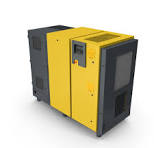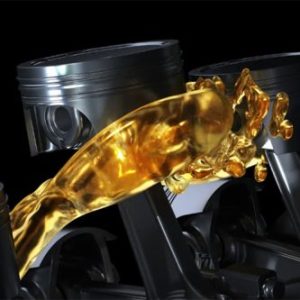Dust generation in the pharma industry occurs in most process steps, from the handling of bulk materials to milling, granulating, tableting, encapsulating, coating, and even packaging. Due to the fine nature of this dust, it has the potential to drift high and far, coming to rest on the surfaces and in crevices throughout your facility.
This dust can pose several challenges, including CGMP issues, the cross-contamination of parallel processes, employee exposure if dealing with noxious dust, and possible deflagrations due to the dust’s combustible nature. The results of not properly handling or containing process dust can lead to steep OSHA fines, downtime loss for cleaning, or – even worse – personnel injuries or the loss of lives. With so much at risk, you should be aware of your filtration options and the technology that improves efficiencies, maintains cleanliness, and helps protect your plant.
The Evolution of Dust Collector Housing Designs
Over the years, dust collection technology has advanced significantly—most notably in the area of collector housing or cabinet design. Traditional baghouse collectors, once a staple in powder processing plants, are no longer common. These large systems were known for their inefficient upward airflow, extensive maintenance shutdowns, and high operational costs.
The shift began in the mid-1970s with the introduction of the first cartridge collector and filter, revolutionizing how fine or lightweight dust was collected. Cartridge collectors allowed systems to be installed indoors, enabling maintenance staff to service equipment without rooftop access or entry into the collector. This innovation led to reduced maintenance downtime and greater operational efficiency.
However, early cartridge collectors still borrowed design elements from baghouse systems, such as vertically hanging filters and low-entry airflow, which caused issues like dust re-entrainment and poor performance. Improvements came in the early 1980s with the advent of downward airflow designs. These used gravity to enhance dust removal from the airstream.
Supported by EPA research and endorsed by the American Conference of Governmental Industrial Hygienists (ACGIH), downflow designs became the standard for efficient cartridge collector housing. These collectors reduced pressure drop and eliminated re-entrainment, allowing dust to settle directly into the hopper.
Understanding Airflow and Efficiency
So, how does collector housing design—or the direction of airflow—impact operational performance? Isn’t the filter media the most important component?
To answer that, consider the difference between upward/cross-flow and downflow systems. Downflow designs work with gravity, moving air from the dirty side to the clean side at lower velocities. This results in reduced pressure drop, lowering the energy needed to move air through the filters. Not only is energy consumption minimized, but downflow systems also better manage abrasive dust, reducing filter wear and eliminating hopper-sweeping that can cause dust to become re-suspended.
In summary, while filter media is critical, efficient housing design significantly enhances filter effectiveness and overall system performance.
Combustible Dust Risks
Fine dust in pharmaceutical environments can travel and settle in hidden or hard-to-reach areas—on lighting fixtures, ductwork, and walls. If the dust is combustible, it becomes a potential fuel source. A deflagration—an ignition event that spreads subsonically—can unsettle settled dust, sending it airborne. If this airborne dust then ignites, it can trigger a secondary, often more destructive explosion.
To clarify, a deflagration is a fast-moving flame front, while an explosion involves a physical rupture caused by overpressure. In industrial settings, a deflagration often precedes a facility explosion. The consequences of such events include severe property damage, injuries, or fatalities.
To address these dangers, OSHA launched a National Emphasis Program focused on combustible dust hazards. Based on National Fire Protection Association (NFPA) guidelines, the initiative aims to reduce the risk by eliminating one or more elements of the explosion pentagon: fuel, oxygen, heat, dispersion, and confinement.
Dust Containment in Pharmaceutical Processes
Many pharmaceutical processes generate noxious dusts that may include active pharmaceutical ingredients (APIs) like hormones, narcotics, steroids, or other hazardous compounds. These require specialized handling to protect workers and prevent environmental contamination.
Unlike standard operations that produce inert dusts, noxious dusts demand strict containment protocols. In such cases, the dust collector serves a dual role—as both a filtration system and a containment device.
Modern dust collectors are largely self-operating and can be configured for continuous operation. They include features such as pressure monitoring, airflow regulation, automatic pulse-cleaning of filters, and dust discharge without stopping the process. However, manual maintenance is still necessary—particularly filter change-outs.
Given the toxic nature of pharmaceutical dusts, filter changes often require a Bag-In/Bag-Out (BIBO) system. This involves the use of specialized bags that allow safe removal of filters without operator exposure. The BIBO process uses integrated collars on the dust collector, which the bags attach to via rubber gaskets and clamps, forming a sealed, dust-tight interface between the collector and the BIBO bag.








